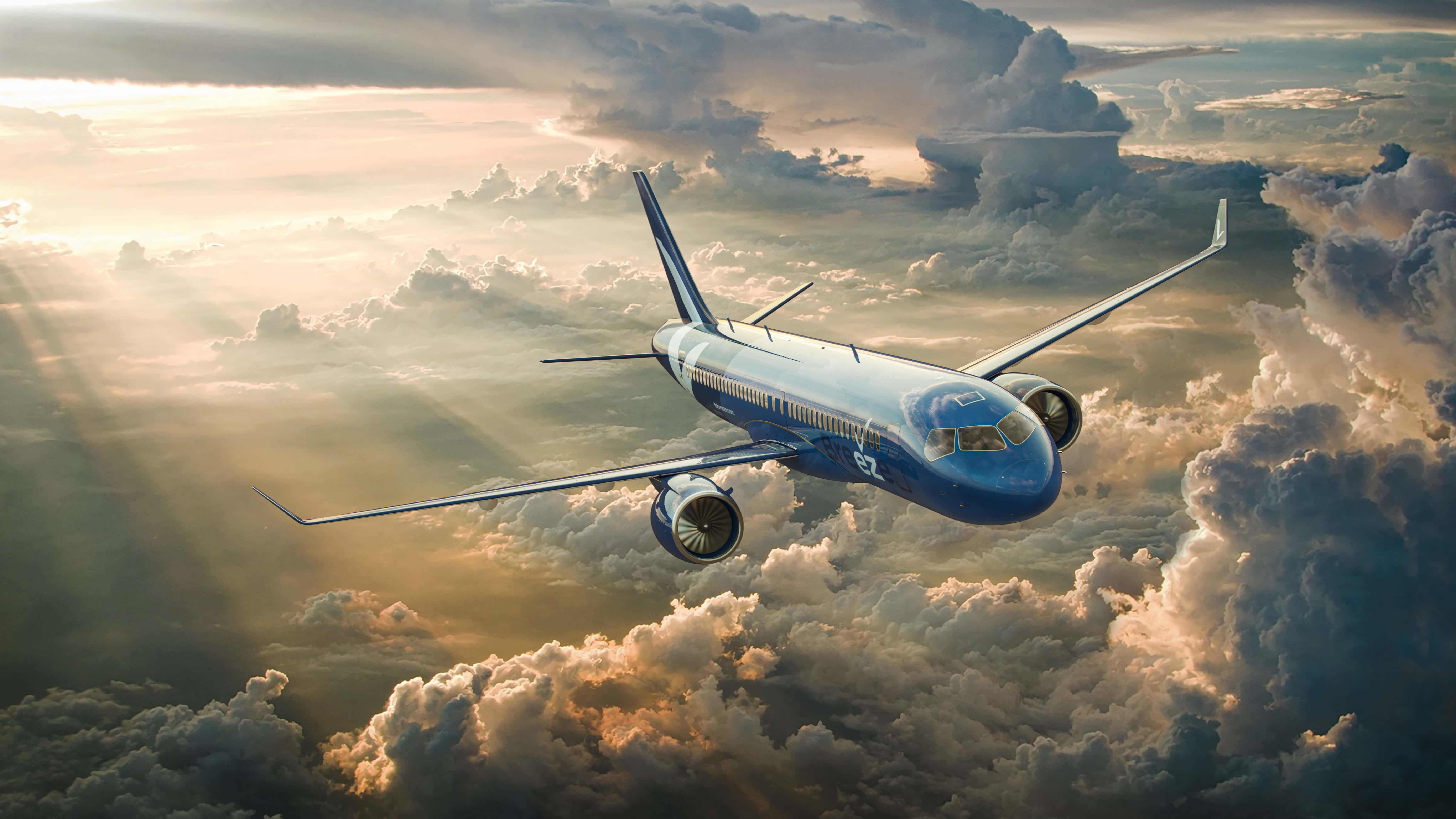Today, airlines distribute and sell their products in two ways: through their websites/
call centers (direct channel) or through travel agents and online travel sites (indirect
channel). Of the one billion or so airline tickets sold globally each year, it is estimated
that more than 60% are sold through the airline indirect channel. In the vast majority of
the world, Sabre, Amadeus, and Travelport control the distribution of the airline product
for the indirect channel. The GDSs charge the airlines for each ticket sold through their
systems, with the average charge being in the $12 per ticket range. Multiply that $12 by
600,000,000 tickets per year and you get about $7 billion dollars. From these funds, the GDS
pay the travel agency or online travel site a financial assistance incentive.
As a general comparison, it costs airlines about $2 to $3 per ticket to sell through
their own websites or using new direct connect technology available to them, their travel
agency customers and even to the GDS. This provides an estimated 80% savings over the
cost of the indirect channel. If the airline is paying $10 more per ticket to sell through the
indirect channel, ultimately it’s the consumer that pays for that higher cost.
92
http://www.tnooz.com/2011/12/08/news/the-case-for-a-new-airline-distributionmodel-infographic/#me3ltSaPY41H8YLs.99
The GDSs that are suppose to aid profit making of the tourism service providers
(Airlines, Hotels, etc.) are eating up the profit. Are these GDSs eating up the pie of their
clients in form of fees, Commission or charges, etc.? Critically analyse and suggest measures
to make GDS economically efficient.
CASE STUDY 4:
President and CEO of Abacus, Robert Bailey, admits that the rise and rise of low
cost carriers will inevitably lead to changes in the 40-year-old business model of Global
Distribution Systems. “Low cost carriers will be a catalyst for change,”
Mr Bailey said.”What the change will be I don’t know.”
Mr Bailey said low cost
carriers now comprise 25% to 26% of the available air seat capacity in Asia Pacific “and this
can only grow” with the opening up of new regional markets and city pairs. But many low
cost carriers don’t want to do business with the GDS such as Abacus, Amadeus, Sabre which
derive most of their revenue from charging traditional or legacy carriers around US$6 to
US$8 per sector to distribute their airfares to travel agents.
This is a major issue for the GDS because 1. their main customers, legacy carriers,
are in apparent decline and 2. The fastest growing sector of the aviation market, low cost
carriers, in many cases does not want to pay their rates.
Some compromises have been reached with low cost carriers moving up the aviation
food chain but fundamental differences remain. And it’s not just all about cost. There are
also technical and commission issues with the sale of ancillary products such as food,
entertainment, even blankets – which is where many low cost carriers make most of their
money – through intermediaries.
This attitude is not likely to change any time soon, even among carriers such as
Scoot which are using the GDS to distribute. Steven Greenway, Scoot’s Head of Commercial,
recently told delegates at TRAVEL tech that
: “Everyone still gets commission and I think
that is pathetic”. Anyway…
Despite the challenges ahead, Mr Bailey believes low cost carriers are ultimately a
good thing for the travel industry, including the GDS. “Low cost carriers are going to grow
93
the pie, introducing new travellers to the mix” who will over time become more adventurous
and wealthy and begin flying hybrid and full service carriers, My Bailey said.
“Where you have state-owned carrier competition you will never have a level playing
field,” he said.
Mr Bailey remains upbeat about the prospects of legacy carriers in the long haul arena
despite some poor recent results from regional giants Singapore Airlines, Cathay Pacific and
Qantas. “I think we are going to see some quite significant growth of traditional carriers,”
he said. However, it’s a tough environment distorted by the presence of government-owned
regional carriers without the same financial controls.
Source: Martin Kelly (2012)
http://www.traveltrends.biz/ttn555-changes-ahead-for-gds-business-model/
Critically evaluate the dynamics of the model issues and discuss the critical variables
that need changes in the current environment.


